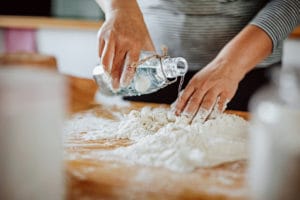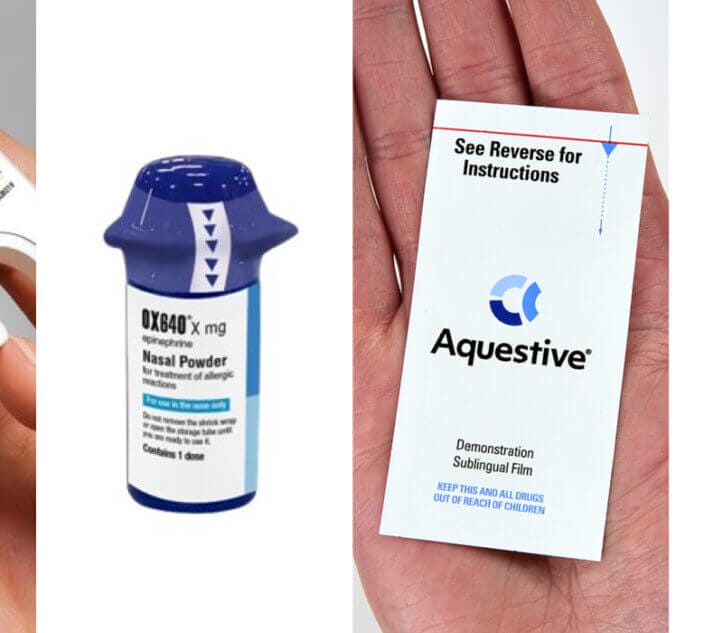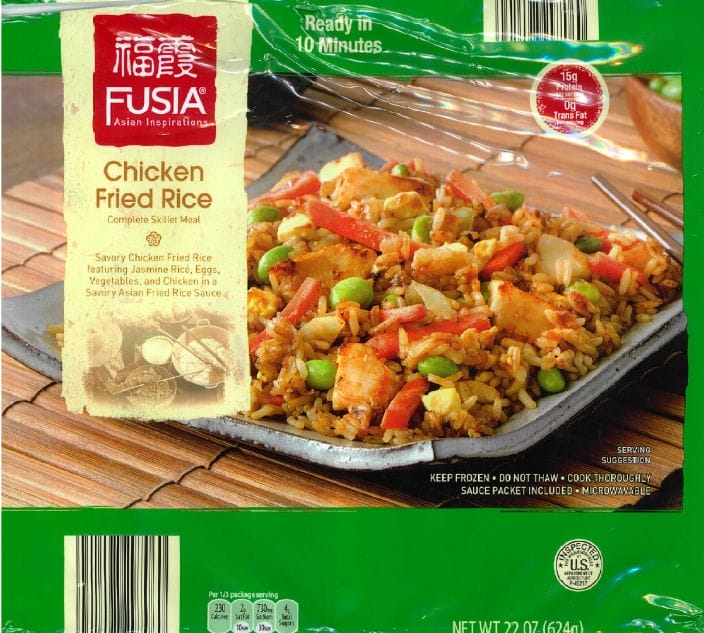 Photo: Getty
Photo: Getty Q: Why are my baked goods over-browning?
A: If the oven isn’t running too hot, the ingredients may be the culprit. Because most gluten-free flours have more protein than all-purpose flour, they can brown more quickly. Similarly, some sweeteners, such as agave nectar, tend to hasten browning. If this happens, tent the item with aluminum foil near the end of baking to avoid burning.
Q: My yeast bread deflated after I took it out of the oven. What happened?
A: It’s likely that there was too much liquid in the dough. Common causes include mis-measured ingredients or excess humidity, since flour holds more moisture on damp days. To combat this issue, decrease the amount of liquid in the recipe by 3 tablespoons per 2-2 1/2 cups of flour blend.
Another possibility is the bread was under-baked. Invest in an instant-read thermometer to ensure that the center of the loaf reaches 200° F before removing it from the oven.
Q: Why do my baked goods have a gummy center?
A: Under-baking or excessive moisture can also cause too much chew, but another common offender is the overuse of certain ingredients. Extra xanthan gum, guar gum, sweet rice flour, starch or quinoa flour may help with cohesiveness, but can result in gummy goodies. Measure accurately, leveling off the ingredients to avoid adding excess
Q: I’m allergic to nuts. What can I use when a recipe calls for almond flour?
A: If the recipe uses a combination of flours and starches, sorghum flour provides a suitable swap for almond flour. If almond flour is used exclusively or in a large percentage of the recipe, use one of the flour blends mentioned earlier as a 1:1 substitution.
Q: I don’t like the strong taste of bean flours, what works well as a substitute?
A: For best results, it’s important to consider the weight, protein and fiber content of the flours in question. Bean flours tend to be higher in all of these categories, so try quinoa, teff or buckwheat flour as a 1:1 replacement.
Q: I can’t roll a pie crust to save my life. Help!
A: The secret to a perfect, flaky gluten-free pie crust is to roll it out before you chill it. Make the dough as directed, roll it, put it in the pie pan and then freeze or refrigerate for the allotted time. To avoid a shattering mishap, use a heat- resistant pan that can go directly from the cool depths to a hot oven.
Laurie Sadowski is a cookbook author whose most recent book is “The Allergy-Free Cook Bakes Cakes and Cookies”. Visit her at www.lauriesadowski.com
Related Reading
Simplify Your Gluten-Free Pantry and Baking
Our Database of Gluten-Free, Allergy-Friendly Recipes





